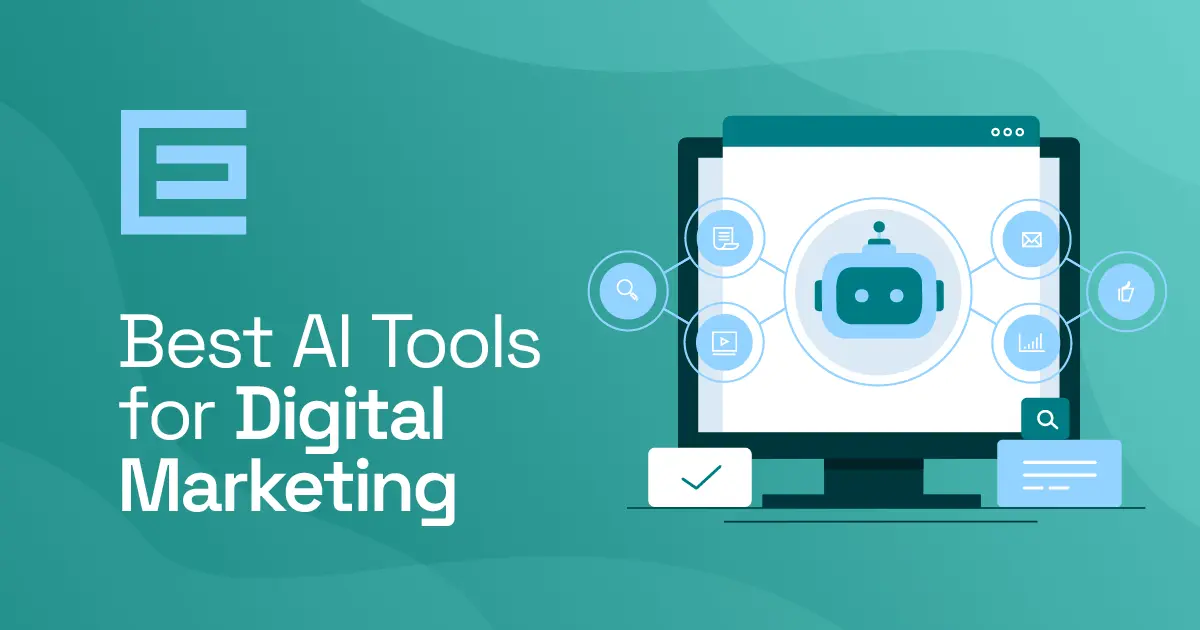
Last week, in How the NFL reshuffled the App Store, I drew attention to the fact that the start of the NFL season had dramatically re-shuffled both the App Store and Google Play, with nearly all of the top rank-gaining apps being related to watching football at home:

But I found something curious in this situation: why would the apps for fast food companies see their ranks gain? Isn’t food delivery more commonly facilitated by dedicated food delivery services, such as UberEats or DoorDash?
It’s not merely the fact that these apps had seen their rankings rise precipitously that I found perplexing. Some of these fast food apps have reached Top 10 and even Top 5 Downloaded ranking positions since the NFL season started, which is astounding — reaching these positions in the United States requires significant volumes of daily app installs. These are the current Top Downloaded chart rankings in the US (All Categories) for the four most popular fast food apps:

Of particular note: yesterday, three fast food apps held Top 10 Downloaded chart rank positions on iOS in the US, in the highly competitive “All Categories” chart:
- McDonald’s, #2;
- Wendy’s, #3;
- Dairy Queen, #6.
Note that gaming apps are no longer included in the iOS “All Categories” chart.
Even with the tailwinds of the NFL season prompting organic discovery through store search, it’s unlikely that these apps could have achieved these rank positions absent deliberate user acquisition marketing campaigns. The question is: why would they do that?
My hypothesis is that these companies have decided to fulfill delivery orders directly, sidestepping the most popular delivery apps as a means of aggregating customer data. This customer data can be aggregated and used for myriad reasons. My sense is that these fast food chains are driving installs for their apps as part of a first-party data aggregation strategy.
The McDonald’s app hints at this motivation:
- It exposes a pre-ATT prompt, explaining the benefits of allowing tracking to the user;
- It incentivizes delivery with a highly visible discount;
- It states plainly at checkout that delivery is fulfilled by DoorDash.

These fast food apps can partner with companies like Uber through their white-label programs, such as Uber Direct. From the website:
Add fast and reliable local delivery to your own sales channels with Uber Direct, our white-label delivery-as-a-service. Receive orders directly from your app or website or by phone, and get your goods delivered with Uber’s global courier network.
DoorDash has a similar product, DoorDash Drive, which charges a flat fee on delivery orders.
While I’d assume that the delivery services would prefer that meals be ordered within their own dedicated apps, they likely gain less from the order data than does the fast food chain, which can use that data to target promotions, make pricing and menu decisions, and even sell audience data through a retail media network (see: Everything is an Ad Network).

